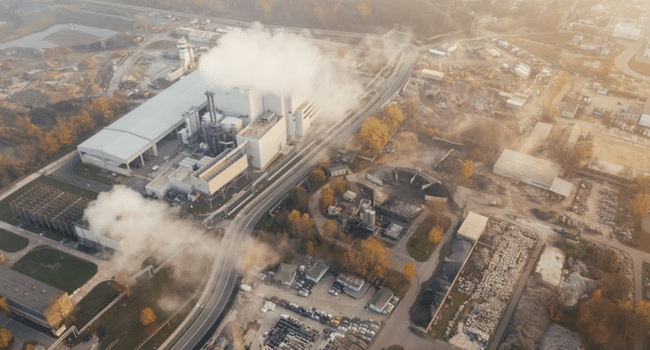Table of Contents
Climate change and global warming are emerging problems that urgently require solutions. Companies around the world need to take the initiative in reducing their carbon emissions and taking a step towards achieving sustainability. It is necessary to find innovative ways to reduce your company’s carbon footprint for both immediate and long-term benefits to the environment. In this article, we will explore some of the possible innovations and actions that can help corporations and small businesses in their journey toward a greener future.
Implement Sustainable Packaging

Companies should evaluate their packaging processes to identify areas where waste reduction can be implemented – for example, utilizing a flip top plastic container or plastic bottles that can be reused by the end consumer or recycled after use. Moreover, incorporating sustainable practices such as using water-based ink for printing, and reducing the size of packaging materials can considerably reduce the carbon footprint resulting from packaging activities. Plastic jars and other containers with lids can be made from materials like bioplastics that are derived from sugarcane, so they produce less plastic waste and are biodegradable.
Collaborating with packaging vendors and suppliers that prioritize sustainability can further enhance these efforts. By partnering with environmentally conscious businesses, companies can contribute to a greener supply chain and further reduce the environmental impact of their operations.
Embrace Energy Efficiency

One of the most effective ways to reduce your company’s carbon footprint is by embracing energy efficiency. This can be achieved by using energy-efficient appliances and equipment, which consume less energy and produce negligible emissions. Apart from saving energy, companies can invest in renewable energy sources like solar panels, wind turbines, or hydroelectric power plants. Adopting renewable energy sources not only reduces the dependency on fossil fuels but also contributes significantly to lowering greenhouse gas emissions.
Energy management systems and smart technologies can also help in optimizing energy usage and reducing waste. Smart devices like motion detectors, lighting control systems, and energy-efficient HVAC systems can automatically adjust energy utilization according to the requirement, minimizing wastage. Regular energy audits are another way to identify areas where energy consumption can be reduced or optimized, leading to considerable reductions in the company’s carbon footprint.
Another area of energy efficiency is focused on the building structure itself. Implementing green building standards and practices, such as installing insulation or utilizing natural light, can substantially reduce energy consumption. Companies can also consider retrofitting existing facilities by adding energy-efficient lighting, water-saving fixtures, and other green amenities to reduce their environmental impact.
Integrating Circular Economy Principles

The circular economy primarily focuses on creating a closed-loop system to reduce waste generation and encourage resource conservation. Companies can benefit from redesigning their products and services to be more sustainable and eco-friendly. Product life extension through refurbishment, repair, and recycling helps in retaining the value of materials and resources, thus reducing waste and mitigating the carbon footprint.
By offering take-back and recycling programs for old or end-of-life products, companies can ensure that used materials are processed efficiently, reducing the need for sourcing new raw materials and the associated environmental impact. Furthermore, organizations can explore opportunities in creating products or services based on renewable and/or reusable components, which meaningfully reduces material consumption and waste production.
In addition to product and service design, incorporating circular economy principles in company operations can also yield reductions in carbon emissions. By optimizing manufacturing processes, using waste materials as inputs, and promoting resource efficiency in internal processes, organizations can take a step towards achieving a circular and eco-friendly operational system.
Overall, implementing innovative strategies to reduce your company’s carbon footprint is essential in minimizing the negative environmental impacts associated with business operations. Embracing energy efficiency, implementing sustainable packaging, and integrating circular economy principles are some of the ways companies can contribute towards a greener and more sustainable future. By taking these measures not only do companies become environmentally responsible, but they also set a positive example for others to follow, ultimately driving the global transition towards a cleaner and more sustainable planet.
Read More on KulFiy
